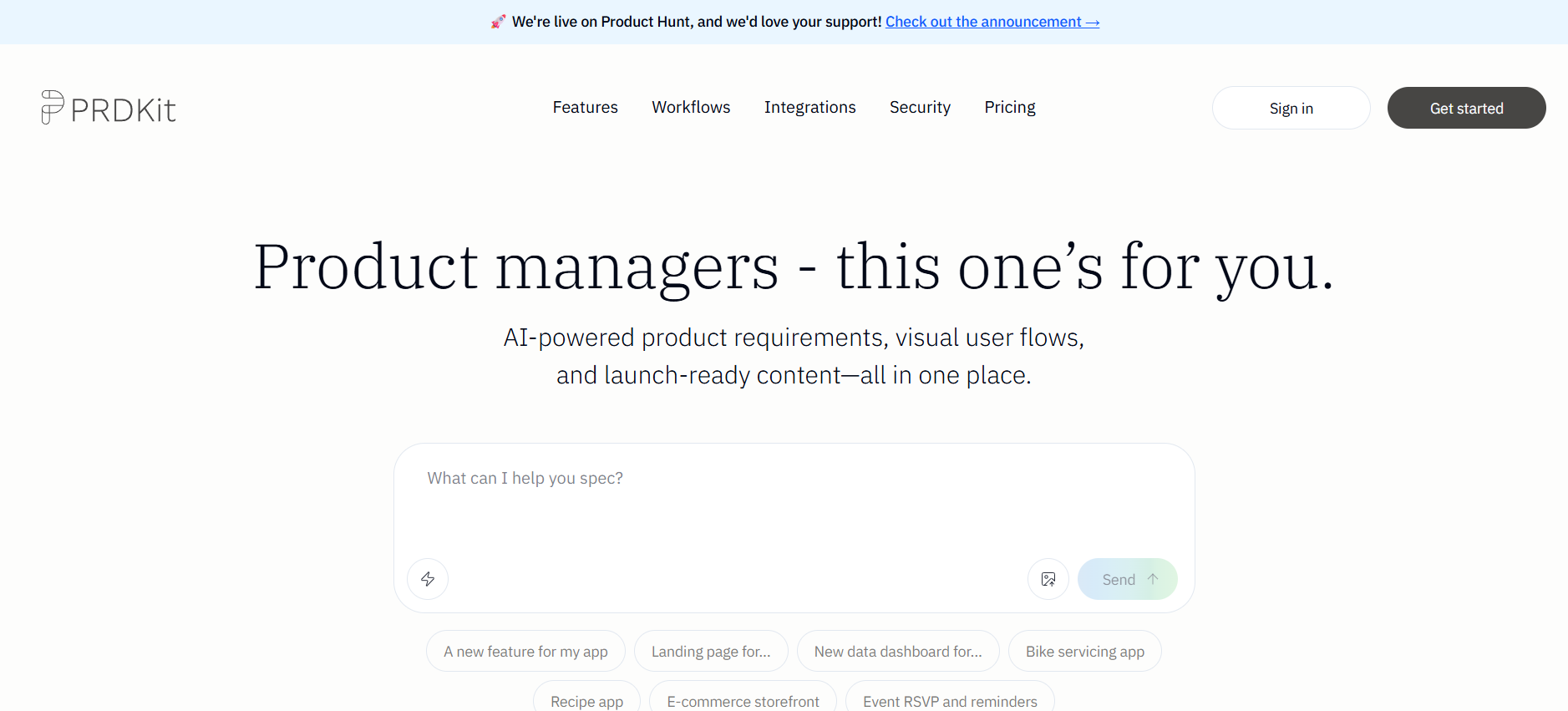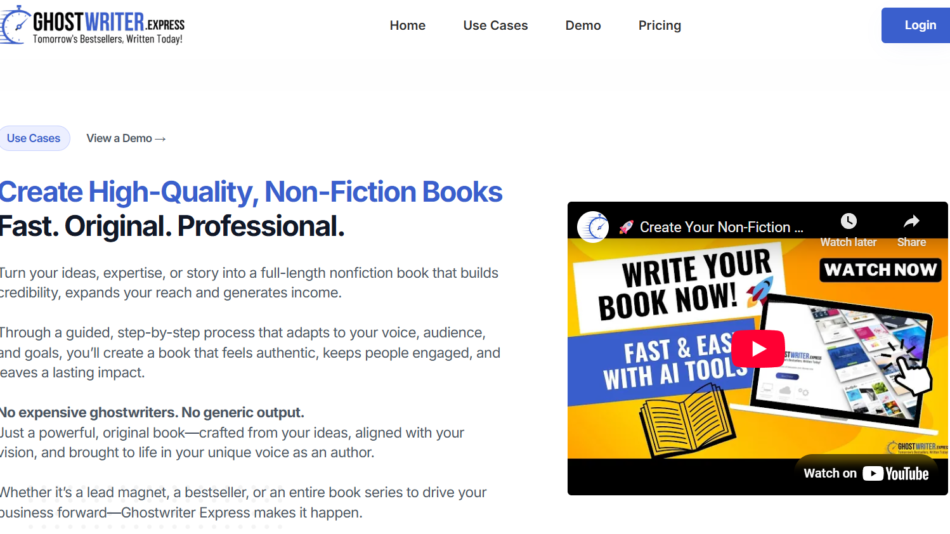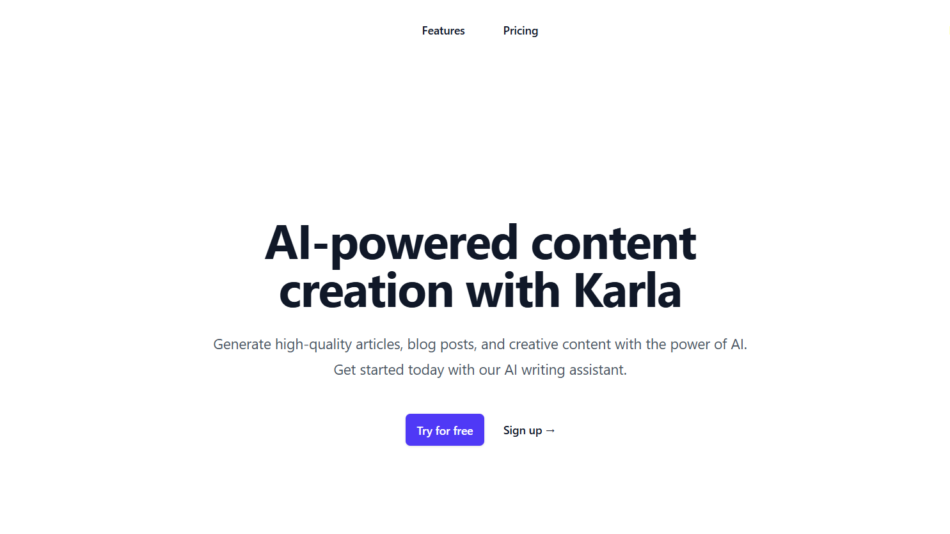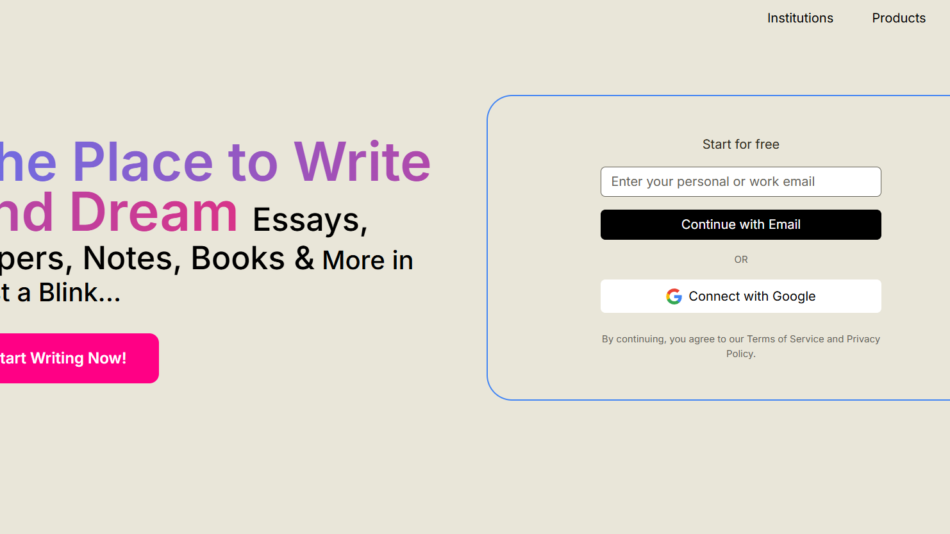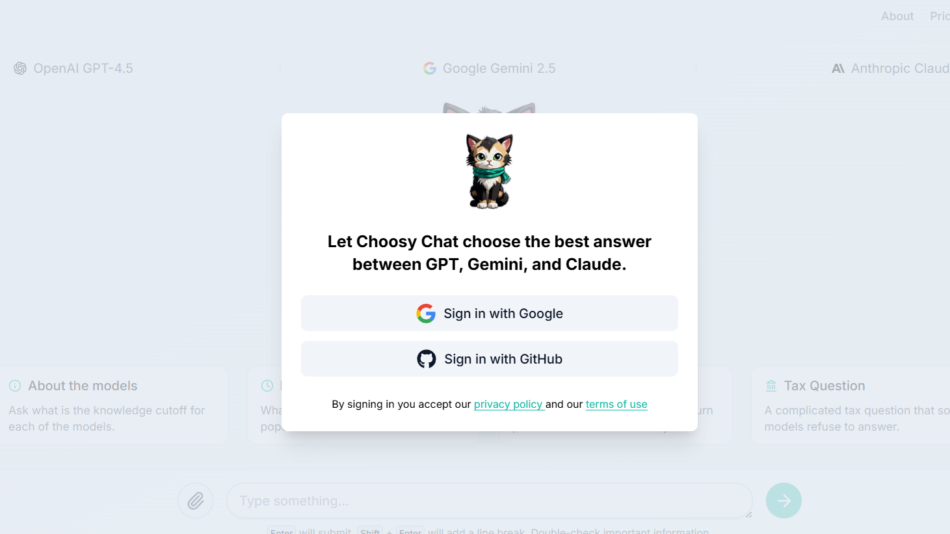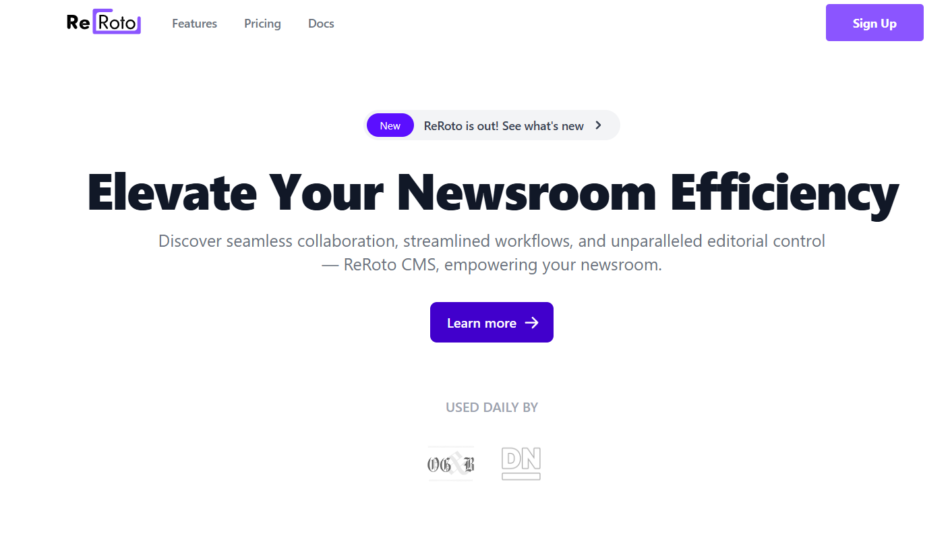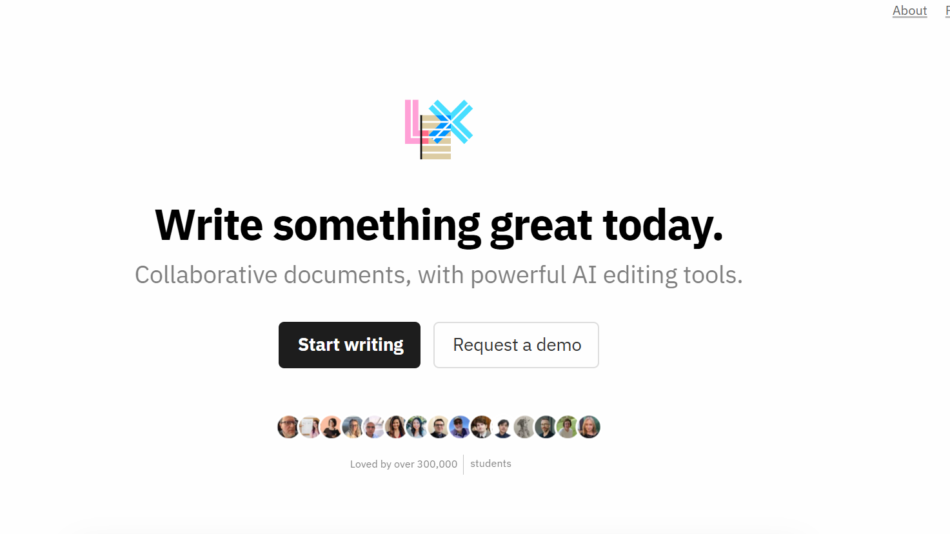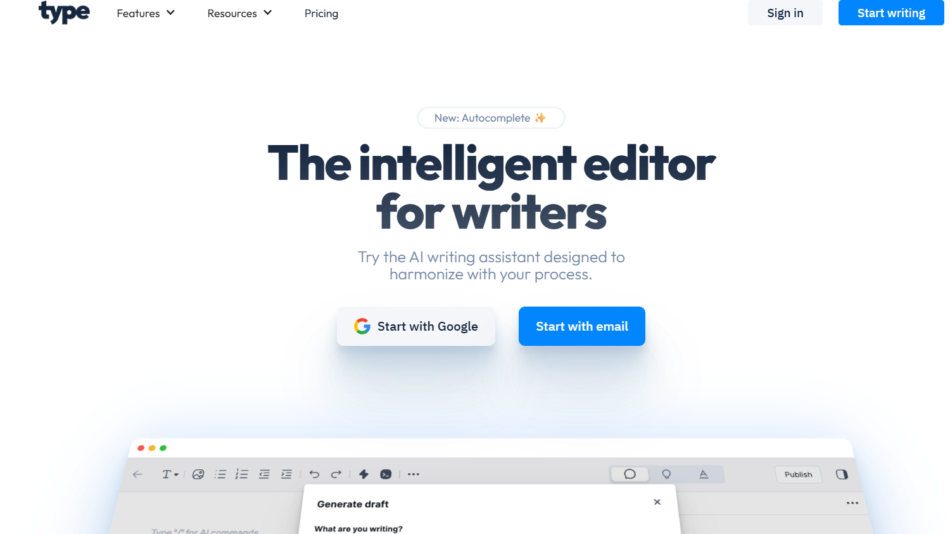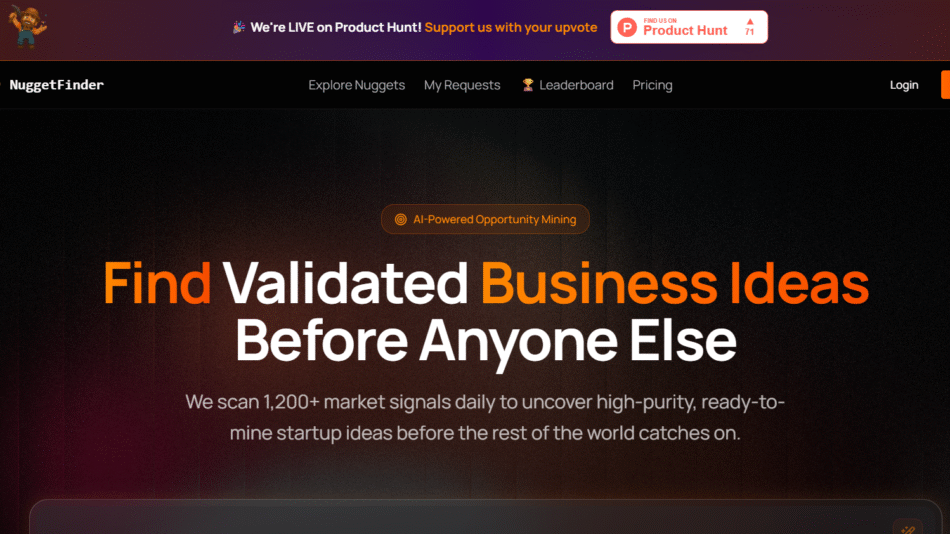PRDKit AI is an AI-powered product requirement document (PRD) generation tool designed to help product managers, founders, and tech teams create comprehensive and structured PRDs quickly and efficiently. Instead of starting from scratch, users can simply describe their product idea, and PRDKit AI will generate a well-organized document containing key sections like objectives, features, user stories, and technical specs.
By leveraging natural language processing and structured templates, PRDKit AI dramatically shortens the time required to produce detailed product documentation—ensuring that teams align faster, reduce misunderstandings, and accelerate product development cycles.
Features
PRDKit AI offers a focused feature set that solves a specific pain point in product management—creating clear, standardized PRDs:
AI-generated product requirement documents from a simple product idea or description
Pre-built PRD templates that include all standard sections
Customizable document structure (e.g., goals, personas, user stories, feature breakdown)
Clear, concise writing that mimics expert product management tone
Editable and exportable documents in various formats (e.g., Notion, PDF, Markdown)
Collaboration support for team input and feedback
Real-time document editing and versioning
Support for iterative refinement through follow-up prompts
Ideal for PMs, startup founders, engineers, and designers
These features help eliminate blank-page paralysis and ensure that product teams work from well-structured, actionable documentation.
How It Works
PRDKit AI is designed to fit seamlessly into the early stages of product development:
Users start by entering a short description of their product idea, including the core functionality or target user base
The AI processes the input and automatically generates a detailed PRD draft
The draft includes standard sections such as product summary, problem statement, solution overview, personas, features, user stories, technical considerations, and success metrics
Users can edit, rearrange, or remove sections as needed, with AI assistance available for rewriting or expanding content
The final PRD can be exported or shared with stakeholders for alignment, review, and development planning
PRDKit AI takes minutes to produce what would normally take hours, ensuring faster handoff between teams and more cohesive planning.
Use Cases
PRDKit AI is particularly useful in a variety of scenarios where clear product documentation is critical:
Startup Founders: Quickly articulate a new product vision for technical teams or investors
Product Managers: Draft and refine PRDs to align teams before sprints or roadmap planning
Designers: Gain clarity on user stories, flows, and context to guide UX/UI design
Developers: Use structured PRDs to reduce ambiguity and understand feature requirements
Agencies: Collaborate with clients by transforming ideas into professional specs
Investors and Advisors: Understand the scope and feasibility of a product before deeper engagement
Hackathon Participants: Formalize app ideas for presentation and implementation
PRDKit AI speeds up the product planning lifecycle and increases clarity for cross-functional collaboration.
Pricing
As of the latest information available on the PRDKit AI website, the platform is currently free to use, offering access to core functionality at no cost during its early phase.
Key pricing highlights:
Free tier with unlimited PRD generations during the early access period
No registration required for basic use—users can try the tool instantly
Future pricing plans have not yet been disclosed but may include:
Paid tiers for team collaboration
Export format upgrades (Notion, Confluence, etc.)
Priority access and custom templates
API or integration support for enterprise users
Users are encouraged to try the tool and join the mailing list for updates on new features and upcoming pricing plans.
Strengths
PRDKit AI provides a focused, effective solution for a major productivity challenge in tech:
Instantly turns raw ideas into structured documentation
Reduces time spent on repetitive writing tasks
Ideal for both technical and non-technical founders or PMs
Minimal user input needed for comprehensive output
Clear, professional writing style that mirrors product management best practices
Great tool for early-stage startups, MVPs, and fast-moving teams
Completely free at launch, lowering the barrier to entry
It’s a practical utility that solves a real-world problem with elegant simplicity.
Drawbacks
While PRDKit AI is highly useful, there are some limitations to be aware of:
Currently focused only on PRD generation—no support for roadmaps, kanban boards, or other PM tools
Lacks integration with popular product tools (e.g., Jira, Notion, Asana) at this stage
Not all outputs may fit complex or enterprise-level product scenarios without manual editing
AI-generated content, while structured, may require refinement for highly technical specifications
Still in early development, so advanced features like user management, version control, or team libraries are not yet available
The platform is ideal for early drafts and small teams, but complex environments may need more customization.
Comparison with Other Tools
PRDKit AI serves a very niche but crucial role and differs from general-purpose AI or PM tools:
PRDKit AI vs. ChatGPT
While ChatGPT can generate PRD-like documents, PRDKit AI is optimized specifically for PRDs and offers pre-structured templates and formatting aligned with real-world product teams.
PRDKit AI vs. Notion AI
Notion AI supports content generation within a document workspace, but PRDKit AI specializes in creating complete, detailed PRDs from minimal input—saving more time upfront.
PRDKit AI vs. Productboard or Jira
These tools are for managing product roadmaps, features, and team execution. PRDKit AI complements them by providing the foundational document that informs those workflows.
PRDKit AI vs. Typedream AI or Framer AI
Typedream and Framer focus on AI-powered website building. PRDKit AI is strictly for internal product documentation—targeted at teams, not public websites.
Customer Reviews and Testimonials
While PRDKit AI is still in early access, initial users have shared positive experiences on social platforms and tech communities:
“As a solo founder, PRDKit helped me turn a vague idea into a concrete spec I could share with devs in under 10 minutes.”
— Indie Hacker
“This is the tool I didn’t know I needed. It helped me align with design and dev teams before sprint planning even started.”
— Product Manager, SaaS Startup
“I’ve used ChatGPT for this before, but PRDKit is much more structured and saves me time every week.”
— Freelance PM
More reviews and testimonials are expected as the platform gains traction. Users are encouraged to provide feedback directly through the tool to help guide future development.
Conclusion
PRDKit AI is a valuable addition to the modern product manager’s toolkit. By simplifying the creation of detailed product requirement documents, it bridges the gap between raw ideas and structured execution. Its AI-powered document builder, clean UX, and clear formatting make it a standout solution for teams looking to move faster with fewer roadblocks.
While it’s still early in its product journey, PRDKit AI is already showing its potential to become a go-to resource for startups, solo founders, and product teams alike. With more features and integrations on the horizon, it’s a tool worth watching—and trying—if you’re looking to streamline your planning process and get ideas into action faster.
